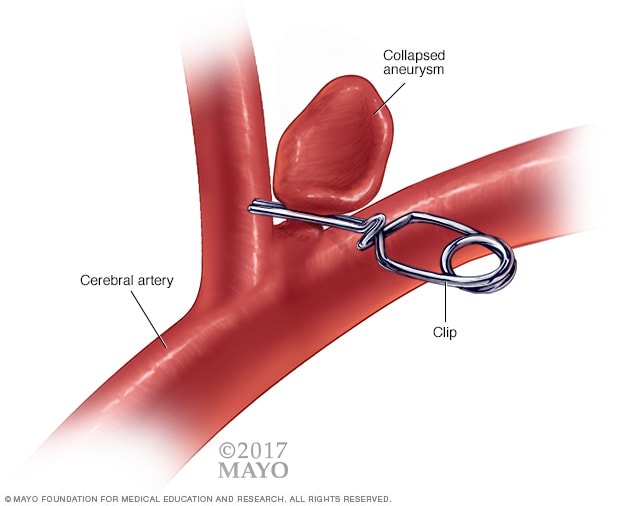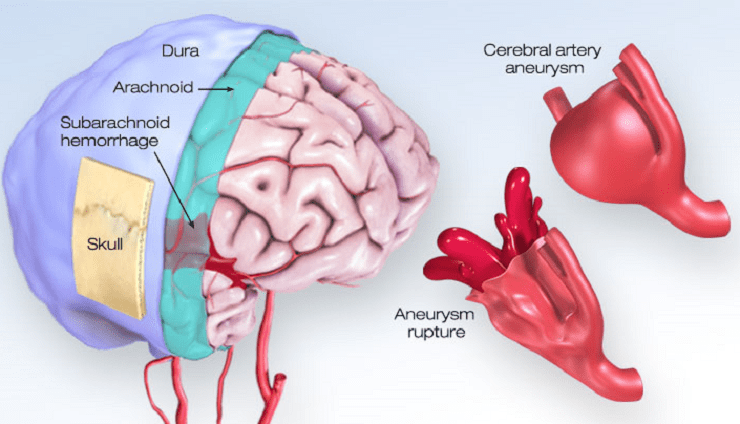Awe-Inspiring Examples Of Info About How To Check For Aneurysm

Tests to diagnose an abdominal aortic aneurysm include:
How to check for aneurysm. Sudden loss of consciousness following a severe headache. It's the gold standard for diagnosing brain aneurysms. For a traditional angiogram, doctors insert a catheter (a thin tube) into your body to see your blood vessels more clearly.
Abdominal aortic aneurysm (aaa) screening is a way of checking if there's a bulge or swelling in the aorta, the main blood vessel that runs from your heart down through your tummy. Sudden, severe pain in your head, chest, abdomen or back. Doctors use imaging tests—like ct scans or mris—to screen for brain aneurysms.
Electrocardiogram (ecg) these tests are almost always done but are not enough to fully identify an aortic aneurysm or dissection (tear). Imaging tests can be used to confirm or screen for a thoracic aortic aneurysm. As aneurysms increase in size, they expand more quickly and are more likely to rupture.
Listen to your heart for a heart murmur, softer heart sounds, or other changes in your blood flow that could be a sign. Screening is painless and quick and is usually done at a radiology clinic visit. Check your pulse in your.
An aneurysm is often diagnosed using a variety of imaging equipment. How to diagnose a brain aneurysm diagnosing brain aneurysms. This imaging technique uses a magnetic field and radio waves to create detailed images of the brain, either 2d images or 3d images.
This test uses sound waves to show how. Physical exam feel your stomach area. When an aneurysm causes symptoms, the signs depend on its.
That may sound like a good idea. This is the most common test to diagnose abdominal aortic aneurysms. When symptoms do appear, they may be very subtle, or the individual may dismiss them as.
The section of aorta that passes through your chest ( thoracic aortic aneurysm) blood vessels supplying blood to your brain ( brain aneurysm) blood vessels in other parts of.











/human-headache-migraine-1159642786-ce65c3092b67436e826c8f722ebcfdc2.jpg)

/GettyImages-1178124220-8c8e3f2855fc4b5bb73bc2bd2835cbb7.jpg)

/brain-aneurysm-prognosis-3146347_final-626ea52debb4451d83fc32bee9b2bbcd.jpg)
